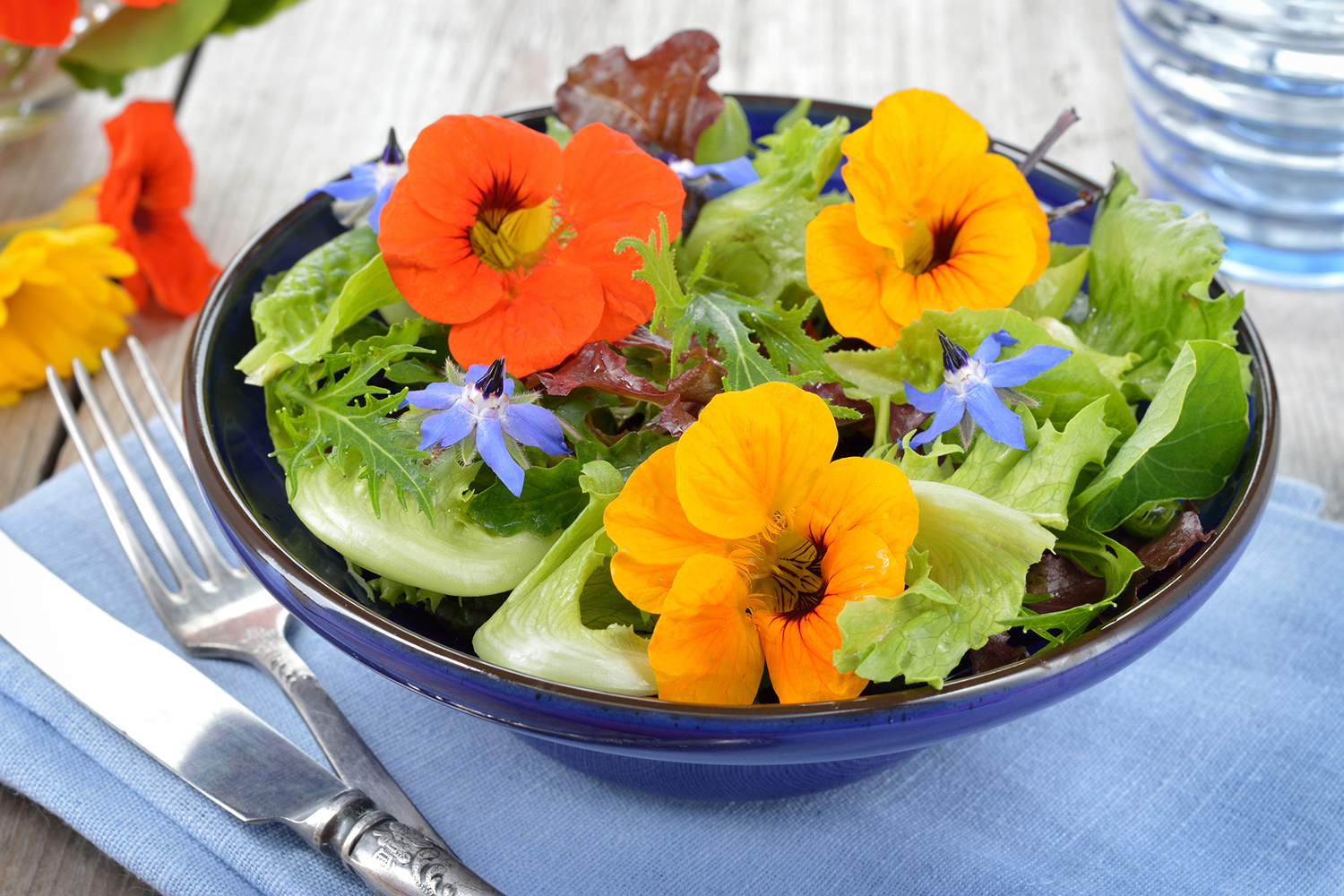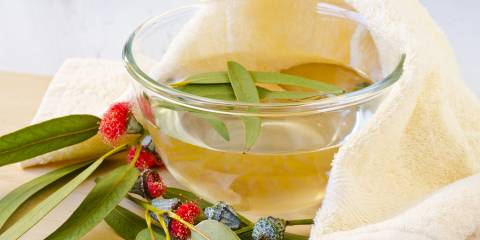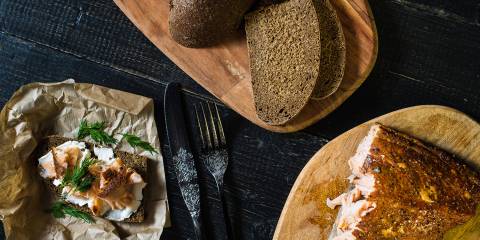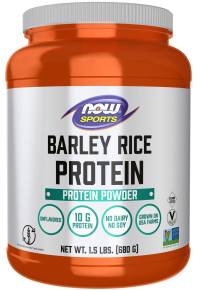Edible gardens grace us with their bounties of vegetables, fruits, and herbs. But there are other colorful contenders vying for attention on your plate: edible flowers.
These beauties add flavor, texture, and color to a dish, helping to brighten one’s mood and bringing a welcome change to mostly green salads.
Edible flowers can be good for you too, as they offer antioxidant properties and anti-inflammatory compounds. Stems, leaves, and petals may all contain nutritional benefits.
In ancient times, flowers were grown more for their fragrances and flavors than appearances. These days, what’s old is new, as adventurous chefs and home cooks look to dress their dishes with flavorful and edible blooms.
Common Questions
-
Are Edible Flowers Safe to Eat?
-
Identification
Identifying which flower varieties are edible is a crucial skill. Never consume a flower until you are entirely sure what it is.
-
Food Safety
Never eat flowers treated with pesticides or fungicides, or those that have been mass cultivated.
-
-
Where Do I Find Edible Flowers?
-
Grow Your Own
If you have your own garden, it may be best to source edible flowers there. They can also be grown in flowerbeds, window boxes, or pots.
- Pick them first thing in the morning when they look and taste their freshest.
- Carefully rinse and let dry on a clean towel.
-
Find a Specialist
You can also buy them locally or online from a source that specializes in edible versions.
-
-
How Do You Use Edible Flowers?
Garnish a plate with edible flowers right before serving. If you use these blooms to top cakes and other baked goods, they’ll look presentable for about two days.
- Edible flowers are best used as garnishes for lighter dishes.
- Recipes that are saucy, juicy, or warm tend not to pair well with delicate blooms.
- Petals generally offer better flavors than other parts of the plants.
Our Favorite Edible Flowers
Now on to the stars of the show!
Here’s how to make your plates sing with the following edible blooms.
-
Bachelor’s Buttons
In pink, purple, and blue hues, these flowers are also known as cornflowers. They have a slightly sweet taste.
- Add to salads, smoothies, and herbal tea blends.
-
Borage
These flowers have a taste similar to that of cucumber, and a delightful blue color.
- They make beautiful garnishes for summer drinks, or on top of salads and soups.
- Consider freezing into ice cubes, and then add to beverages for delightful summer sippers.
-
Calendula
Calendula is zesty, with a piquant flavor.
- Add to rice dishes, stir fries, pastas, and salads.
- This flower can be used in place of saffron.
-
Chrysanthemum
Some are mild, some are sweet, and some are hot and peppery. Take a taste of your variety to see where it can best make an appearance.
-
Daisies
- Add the miniature variety to salads or sandwiches.
-
Dandelions
Categorized by many to be a weed, this common plant is actually very healthy and useful to humans.
Dandelion leaves and the green ends of the flowers are bitter. The petals and stamen are mildly sweet.
- Fry the flowers or flower buds as fritters.
- The flowers can also be transformed into wines and jellies.
- Steam the leaves for a few minutes and serve as a side dish.
-
Daylilies
Popular in Asian culture, daylilies are completely edible.
- Boil the tubers as you would potatoes.
- Sprinkle the bright petals into salads.
-
Lavender
With an intense fragrance and flavor, this purple bloom is best used in moderation.
- Add to scones, cakes, cookies, ice cream, and lemonade.
-
Marigolds
With zing and a citrus-like flavor, the French variety is edible (the African version is not).
Marigolds’ feathery leaves often taste of tarragon.
- Add to salads.
-
Nasturtiums
With a peppery taste similar to that of arugula, these blooms add a burst of color to a plate.
- Garnish a salad with them.
- Pickle the seeds for a caper substitute.
-
Pansies
Tasting much like mild lettuce, this flower most often finds its way onto salads. Coming in many colors, pansies add complementary shades to a multitude of foods.
- Use them to top cupcakes.
- Freeze them into ice cubes to elevate beverages.
-
Roses
The more fragrant the rose, the more flavor it has.
- Often used in Middle Eastern cuisine in the delight known as rose water.
- Rose petals can also be used to garnish puddings, sweet treats, teas, and rice pilafs.
- Rose hips can be made into syrups.
-
Sunflowers
Their seeds are a popular salad and trail mix addition, but the petals can be eaten too.
- Harvest the unopened buds, remove the sepals, and steam as you would artichokes.
-
Tulips
- Their smooth, large petals can be used as scoops for desserts and ice cream.
- Or use them as a colorful platter for sweet canapés.
-
Violets
With an almost sweet flavor, this mild bloom is perfect tucked inside sandwiches.
- This flower also looks beautiful on top a salad.
- For an elegant garnish, sugared violets can be sprinkled over cakes.





